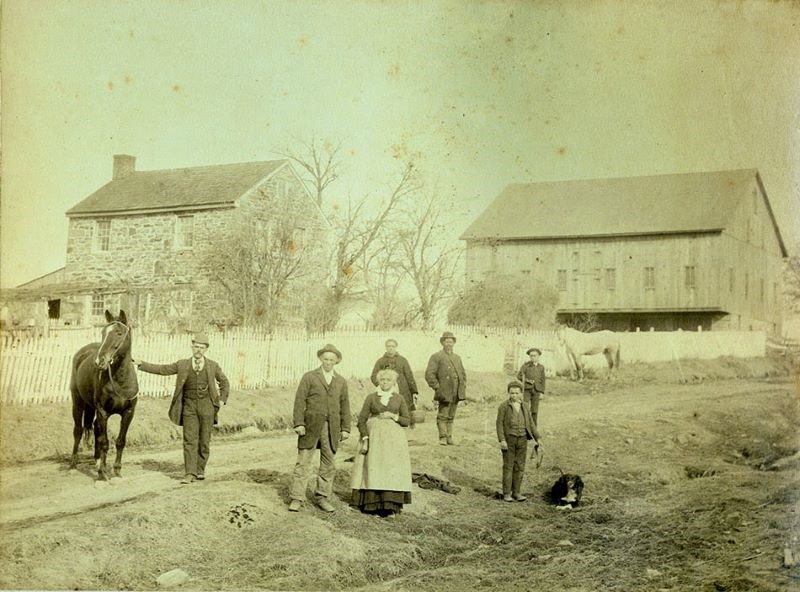During the War
Seeking to avoid the danger of battle and fearful of the very real possibility of being kidnapped by Confederate soldiers and sold into slavery, Basil Biggs and his family fled their home on the Crawford Farm when the Confederate army advanced toward Gettysburg in the summer of 1863. When they returned following the battle, they discovered utter ruin. In addition to the damage done to the property by the battle, the Biggs family lost eight cows, seven steers, ten hogs, eight tons of hay, ten crocks of apple butter, sixteen chairs, six beds, and ninety-two acres of crops. In addition, there were 45 dead Confederates buried in his fields there. Biggs would later receive more than $1,300 from the government for the damage done during the battle. After the battle, he played a leading role in the creation of the Soldiers’ National Cemetery, answering the call for help from the broadsides like the one on display that David Wills had posted around the county. Biggs helped to oversee the disinterment and removal of the dead Union soldiers from their battlefield graves and their reburial in the newly created cemetery. In all, Biggs helped in the reburial of more than 3,000 bodies.
From Here:
You can return to the story of Basil Biggs after you tour the second floor of the house.

